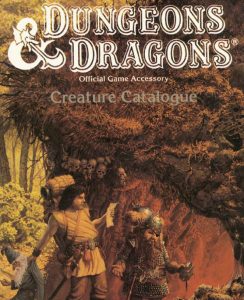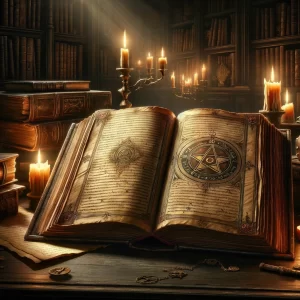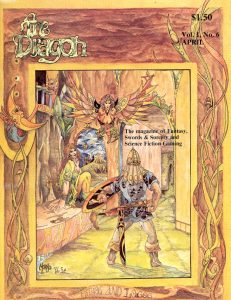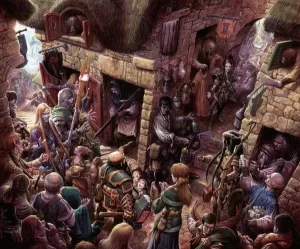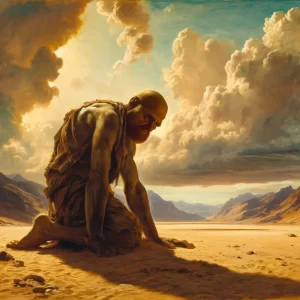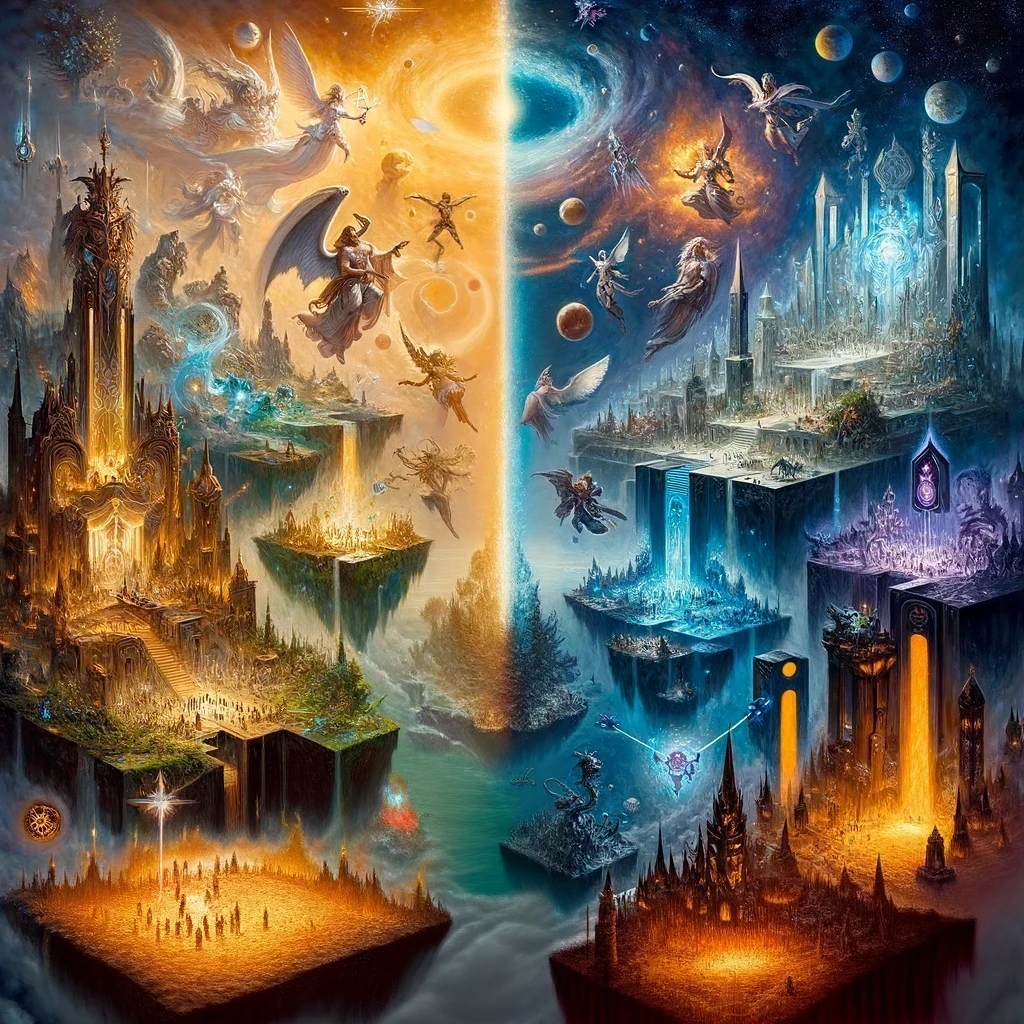
Embarking on an exploration of the multiverse within tabletop role-playing games, particularly the extensive realms of Pathfinder 2e and Dungeons & Dragons (D&D), unveils a spectacular array of lore, settings, and philosophies that shape their respective universes. Both Pathfinder 2e and D&D offer rich, expansive worlds that are governed by distinct rules and narratives, and delving into their multiversal structures reveals how each system crafts unique adventures and storytelling possibilities.
1. Philosophical Foundations and Core Concepts
Pathfinder 2e Multiverse
The Pathfinder universe is distinguished by its vast and inter-connected realms known as the Great Beyond. At its core, the multiverse is structured around the Material Plane, surrounded by transitive planes like the Ethereal, Astral, and Shadow Planes, which facilitate travel and interaction between the various inner and outer planes. The Outer Planes in Pathfinder are realms of deities and alignment, each embodying a specific moral or ethical philosophy, such as Heaven, Hell, the Abyss, and Nirvana. These planes are not just settings but are active participants in the cosmology of Pathfinder, influencing the game's lore and the mechanics tied to souls, gods, and the afterlife.
Dungeons & Dragons Multiverse
D&D presents a cosmology that includes a myriad of different planes of existence, often linked through a concept known as the World Tree or the Great Wheel. This multiverse is more loosely defined compared to Pathfinder, allowing for a more flexible framework that can be adapted by Dungeon Masters to fit the narrative needs of their campaigns. The D&D universe includes the Prime Material Plane, parallel dimensions like the Feywild and Shadowfell, and numerous elemental planes. The Outer Planes in D&D are strongly alignment-driven, each representing different alignments (such as Elysium for good or Baator for law and evil), and they play crucial roles in the spiritual and cosmic balance of the universe.
2. Narrative and Thematic Elements
Themes in Pathfinder
Pathfinder's multiverse is heavily influenced by its deities and their direct interaction with the mortal world. The game mechanics often incorporate elements of fate and destiny, with the gods playing an active role in the progression of both individual characters and larger story arcs. The presence of powerful artifacts, divine intervention, and prophecies are common, reflecting a universe where high fantasy and epic tales are central.
Themes in D&D
D&D focuses on a more diverse range of narrative possibilities, facilitated by its less rigid cosmological structure. The themes can vary significantly from one campaign to another, often depending on the Dungeon Master's interpretation of the universe. While deities and cosmic forces are present, they tend to be less overtly involved in the world than in Pathfinder, promoting a setting where characters' choices and actions determine the course of the narrative. The emphasis is on adventure, exploration, and the inherent mystery of a vast, unexplored multiverse.
3. Impact on Gameplay
Gameplay in Pathfinder
Pathfinder's gameplay is deeply integrated with its cosmological structure. Characters can align themselves with specific deities, gaining powers and abilities that reflect their patron's domain. The alignment system is robust, affecting not only moral choices but also interactions with the different planes and their inhabitants. Spells, summoning abilities, and even end-game goals are often tied to the cosmological elements of the Pathfinder universe.
Gameplay in D&D
In D&D, while alignment and cosmology are important, they are often more fluid. Characters might interact with elements of the multiverse in a myriad of ways that can be more personalized and less predictable. This flexibility allows for a wide range of character developments and story progressions, from deeply personal character arcs to grand, universe-spanning epics. The multiverse also serves as a vast playground for DMs to develop their unique settings and adventures.
The Pathfinder 2e and D&D multiverses offer two distinct yet equally fascinating frameworks for storytelling and gameplay. Pathfinder's structured, deity-influenced cosmos invites players into a world where the divine directly influences the mortal realm, creating a narrative rich with destiny and prophecy. D&D's more open-ended cosmos offers endless possibilities, where the fundamental lore serves as a backdrop for individual creativity and adventure. Both systems provide a deep and enriching experience for players, highlighting the diversity and adaptability of the tabletop role-playing game genre.
Detailed Exploration of Planar Systems
Pathfinder 2e: The Great Beyond
The structure of the Great Beyond in Pathfinder is meticulously detailed, providing a robust framework for adventures that span across cosmic realms:
- Inner Planes: These are primarily elemental in nature, including the Plane of Fire, Plane of Earth, Plane of Water, and Plane of Air, along with the Positive and Negative Energy Planes. Each plane is not only a source of elemental creatures and energies but also vital to the cosmological balance of the multiverse.
- The Material Plane: It serves as the central anchor of the Pathfinder multiverse, surrounded by other realms that mirror or distort its reality, such as the fey-infused First World and the shadowy realm of the Shadow Plane.
- Outer Planes: These are aligned according to the moral and ethical axes (Law, Chaos, Good, and Evil). Key planes include Heaven (Lawful Good), Axis (Lawful Neutral), Hell (Lawful Evil), and the Abyss (Chaotic Evil). Each of these planes is home to deities and powerful beings who influence the mortal world.
Dungeons & Dragons: The Great Wheel and Beyond
D&D's multiverse features the Great Wheel cosmology, which emphasizes the interconnectivity of all planes:
- Elemental Chaos and Elemental Planes: The building blocks of physical reality, these planes interact constantly, influencing the material world and serving as the source of all elemental magic.
- Feywild and Shadowfell: These are parallel dimensions to the Material Plane. The Feywild is a vibrant, wild reflection filled with capricious magical forces and creatures, while the Shadowfell is a dark, shadowy version that houses undead and is governed by gloom and decay.
- Sigil, the City of Doors: Unique to D&D, Sigil is located atop the Spire in the Outlands and acts as a hub for travel throughout the multiverse, controlled by the enigmatic Lady of Pain.
Deities and Divine Influence
Pathfinder's Active Deities
In Pathfinder, gods frequently interact with their followers through avatars, divine interventions, and by granting significant magical powers. Clerics and paladins derive their abilities directly from their chosen deity, and the spiritual welfare of souls is a tangible element of gameplay, with characters' alignments having real implications on their afterlife and powers.
D&D's Diverse Pantheon
While deities in D&D are influential, they often act more subtly compared to Pathfinder. They grant spells to their clerics and occasionally intervene in the world, but the relationship is less direct, providing a broader canvas for players to explore their personal beliefs and moral dilemmas without constant divine oversight.
Implications for Adventurers
Pathfinder's Planar Adventures
Pathfinder's structured cosmology makes planar travel a more rule-bound process, where spells, portals, and specific planar paths are used to navigate between worlds. This structure creates a framework for epic narratives, where adventurers might find themselves bargaining with devils in Hell or battling demons in the Abyss as part of their quest.
D&D's Narrative Flexibility
In D&D, the fluid nature of the multiverse allows for more spontaneous planar interactions. Adventures might accidentally stumble into other planes through wild magic areas, ancient ruins, or unpredictable portals. This flexibility encourages a more exploratory approach to campaign design, where the unexpected is a common theme.
A Tale of Two Multiverses
Both Pathfinder and D&D offer rich, complex multiverses filled with endless possibilities for adventure and exploration. Pathfinder provides a more structured and deity-driven narrative, inviting players into a world where cosmic forces directly impact every aspect of life and death. In contrast, D&D offers a canvas of infinite potential, where the multiverse serves not only as a backdrop for adventure but also as a playground for personal and collective storytelling. Each system appeals to different types of players and game masters, showcasing the diverse potential of tabletop RPGs to cater to all kinds of imaginative and epic storytelling.

